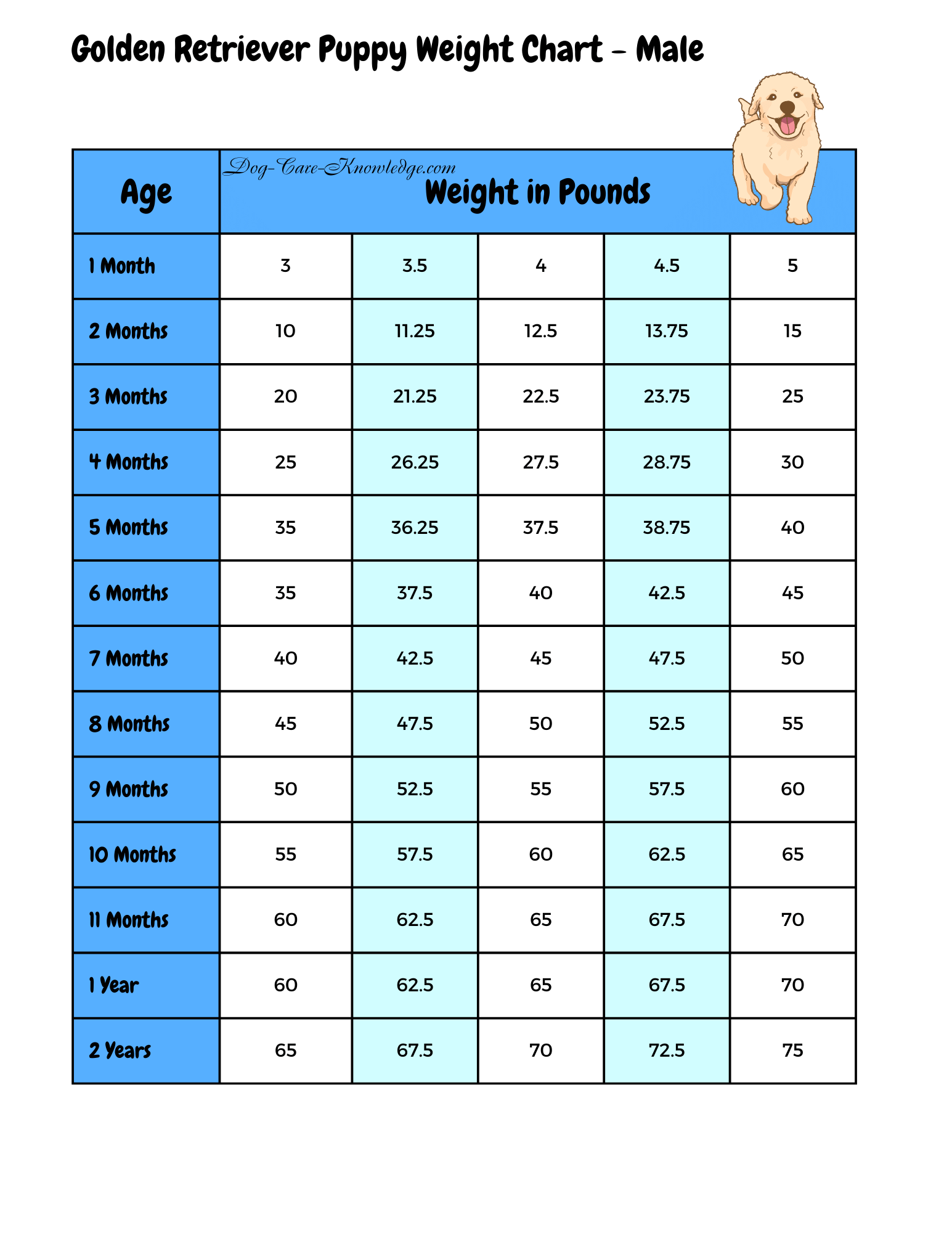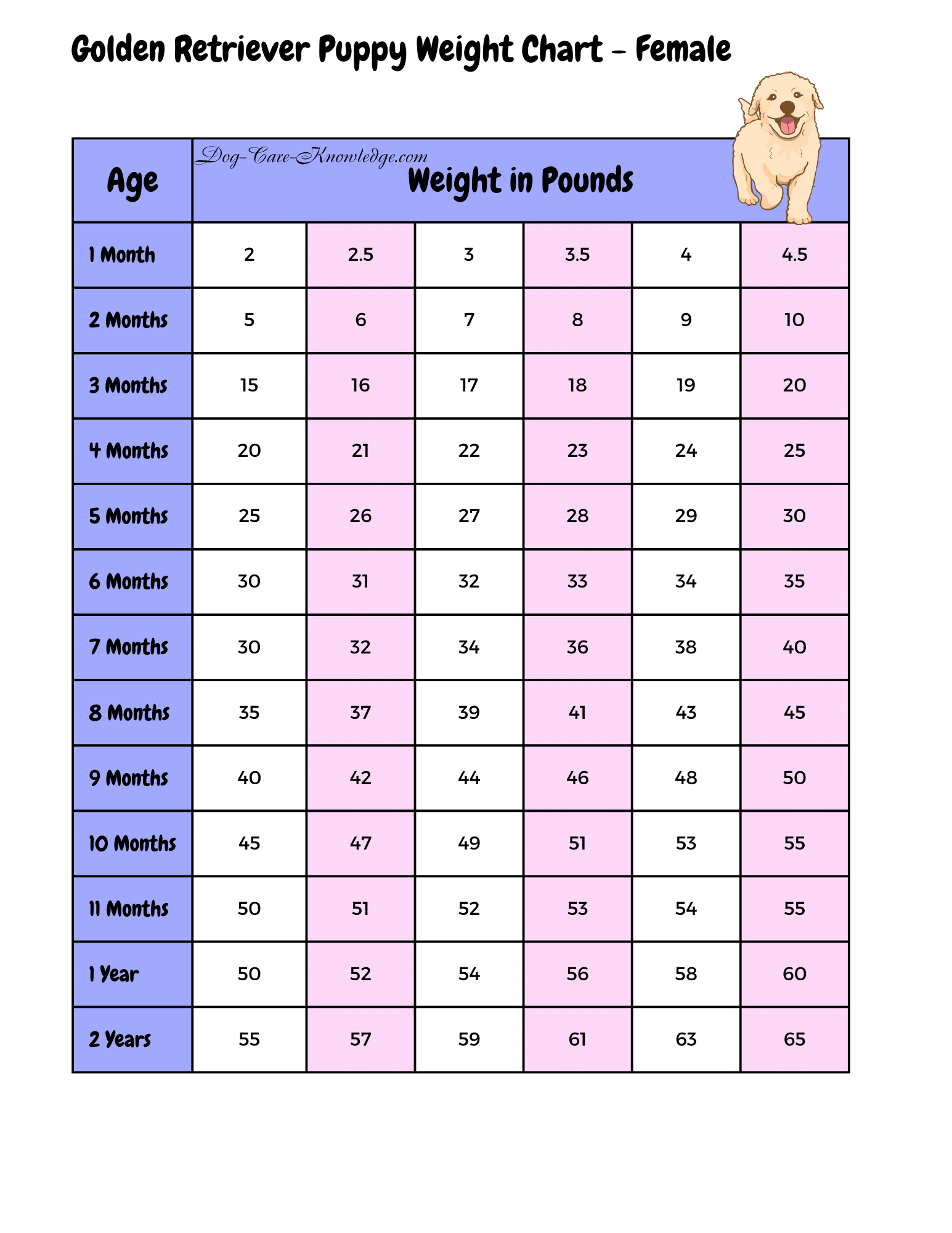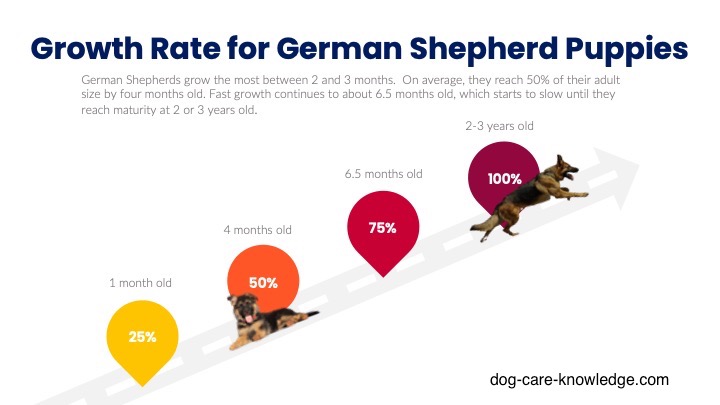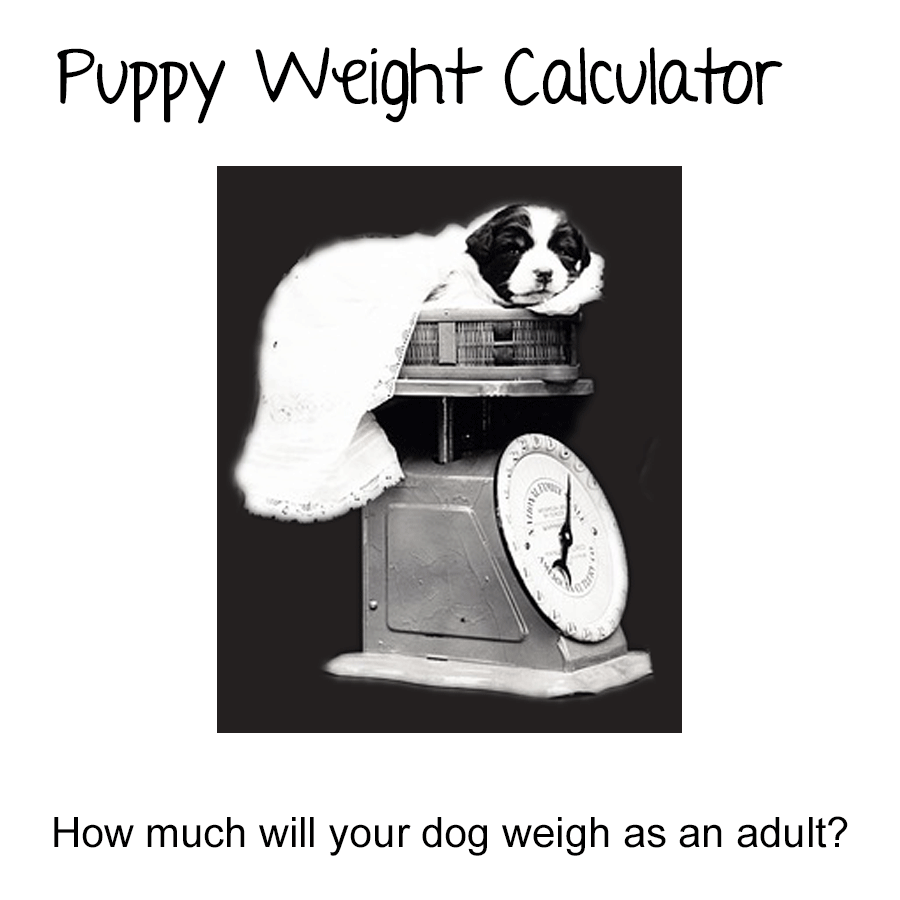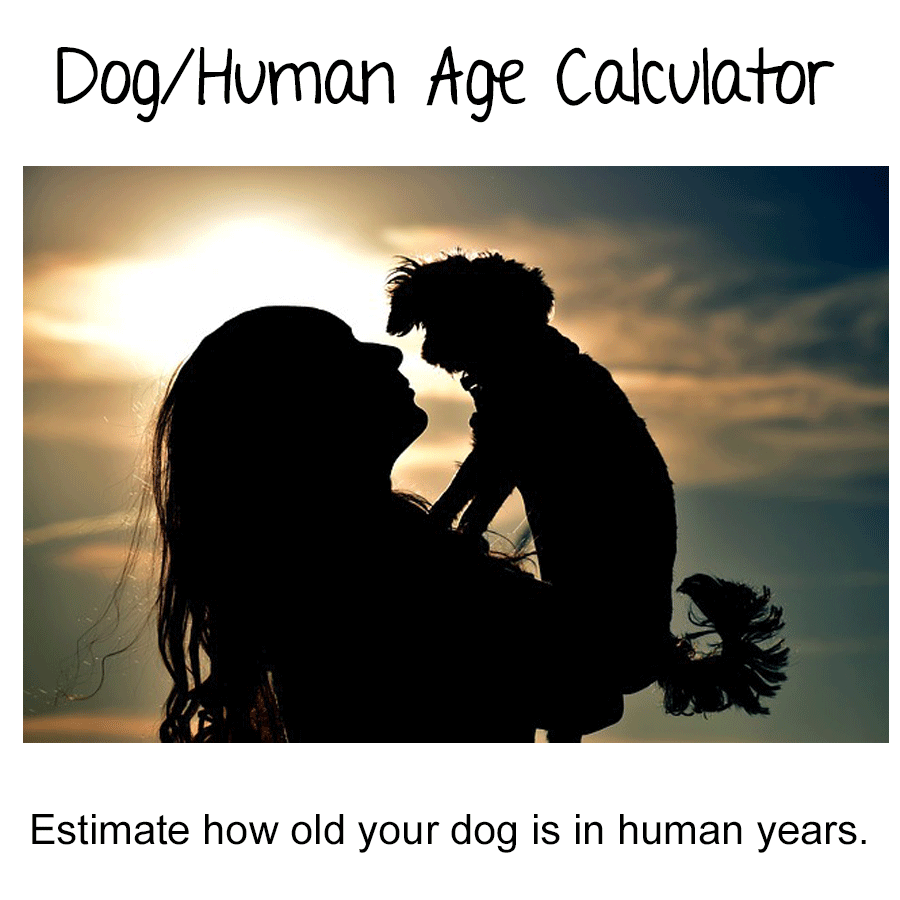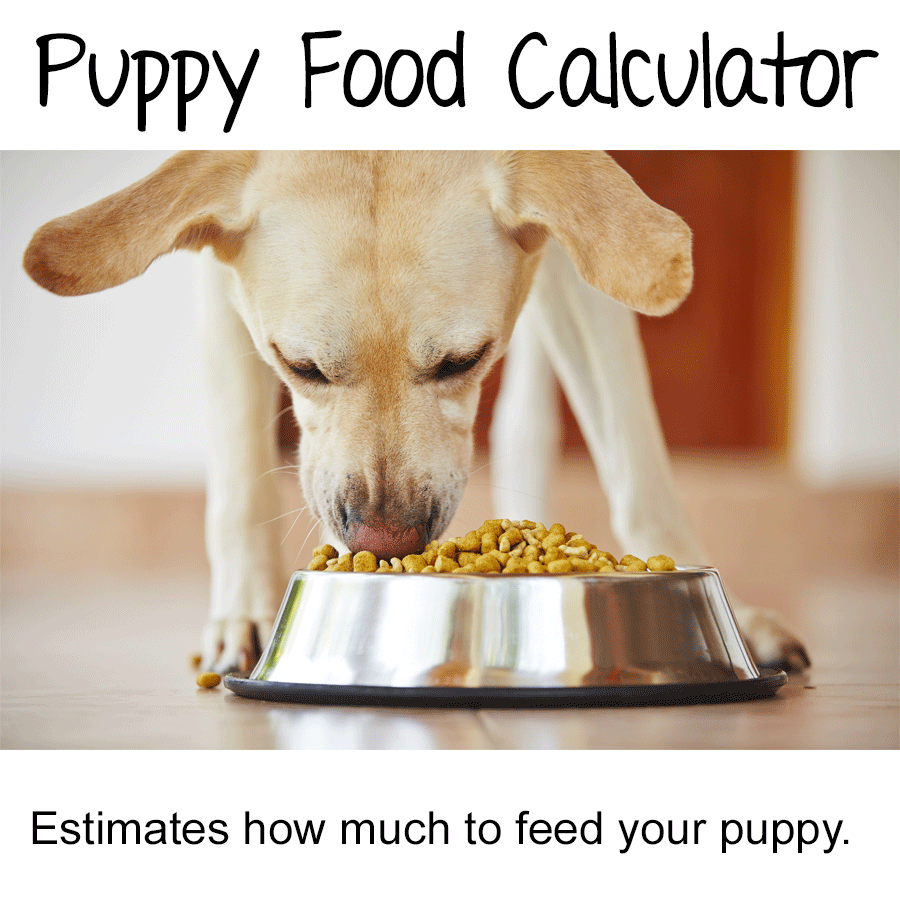- Home
- Dog Weights
- Golden Retriever Puppy Weight Chart
Why
You Need a
Golden Retriever Puppy Weight Chart
Puppies come in all shapes and sizes, but there is something special about the growth of golden retrievers. Tracking their progress with a specific golden retriever puppy weight chart can help ensure your pup grows healthy and strong.
Like many large breed dogs, these puppies grow quickly and have unique needs. Knowing how much your pup should weigh at different stages of life can also be helpful regarding preventative care, nutrition, and even breed-specific health issues.
Jump to....
- Types of Golden Retrievers
- Puppy Growth Stages
- Male Golden Retriever Puppy Weight Chart
- Female Golden Retriever Puppy Weight Chart
- How to Tell How Big Your Puppy Will Be
- Estimating Adult Size Based on Parents & Littermates
- Impact of Nutrition on Golden Retriever Growth
- When Illness Affects Your Puppy's Growth
- Is My Puppy Too Thin or Fat?
Types of Golden Retrievers
There are mainly three subtypes of golden retrievers; American goldens, Canadian goldens, and British (or English) goldens. Although some argue there are more types, i.e., English cream golden retrievers, field-bred golden retrievers, red golden retrievers, and show golden retrievers, they are all variations of one of the three subtypes. In fact, they are really one breed - the golden retriever.
I mention it here because the weight of your golden retriever may vary based on which subtype they are.
American Golden Retriever
The American Golden Retriever is often taller and leaner than its counterparts. They typically weigh between 55 to 75 pounds and have a more athletic build. These dogs have longer legs and narrower heads with straighter muzzles than other golden retrievers. They also tend to have darker coats that range from golden to red or rust.

Canadian Golden Retriever
The Canadian golden retriever is similar in size to the American type but has a thicker coat due to its adaptation to cold weather conditions in Canada. These dogs can weigh between 60-80 pounds, with males being larger than females on average.
British Golden Retriever

British golden retrievers tend to be slightly smaller in height and weight than their American or Canadian counterparts.
You can usually recognize the British golden retrievers as their coat colors are typically much lighter than American or Canadian goldens, with the most common color being pale cream.
However, they come in shades of gold: from pale cream to dark reddish-gold.
When consulting our growth chart, expect to find the American and Canadian golden retrievers on the scale's upper end (heavier), with the British goldens on the lower side.
Golden Retriever Puppy Growth Stages
On average, golden retrievers will put on 1 - 1.5 lbs per week with a few growth spurts. They should put on 1 - 2 lbs per week in the first two months. Their most significant growth spurt will be between 3 - 5 months, where they will put on 2 - 3 lbs per week.
This should slow down by 6 months old, where they'll continue to put on 1 - 1.5 lbs per week.
They may be fully grown at 1 year old but usually will have a slow growth rate of 0 - 1 lbs per week but only some weeks.
Your puppy will go through five distinct stages to reach adulthood.
To learn more about their behavior and development at each stage, see our page on the complete puppy development process from birth to 18 months.
Male Golden Retriever Puppy Weight Chart
Female Golden Retriever Puppy Weight Chart
How to Tell How Big Your Puppy Will Be
The easiest way is to use the charts above and see where your pup falls. However, there are some alternatives to get a rough idea. While it's impossible to predict the exact size, there are ways to estimate their adult weight based on their parents and litter.
Estimating Adult Size Based on Parents & Littermates
This will involve contacting the breeder, but most breeders are happy to answer your questions and will likely have the information to hand.
The Parents
Firstly, take a look at the parents' sizes. Golden retrievers typically weigh 55-75 pounds for males and 55-65 pounds for females. If both parents fall within this range, your pup will likely end up in this category. However, if one parent is significantly smaller or larger than the other, then there is a chance that your puppy may not follow the average weight range.
Bear in mind male golden retriever puppies tend to take their size from the male parent, whereas female goldens take after their mothers.
Littermates
Another way to gauge your puppy's potential size is by examining its littermates. A puppy that is the biggest in the litter is much more likely to be a larger than average adult dog. Similarly, the runt of the litter is most likely to stay on the small side. However, it has been known for the runt to become one of the bigger adult dogs once they don't have to compete for food.
Impact of Nutrition on Golden Retriever Growth
Puppies are irresistible, with cute little faces and playful demeanors, but they require proper nutrition to grow healthy and strong. As a new puppy parent, you may wonder how much food is enough or how often to feed them. The impact of nutrition on puppy growth cannot be overstated, as it affects everything from weight gain and immune system development to bone density and overall health.
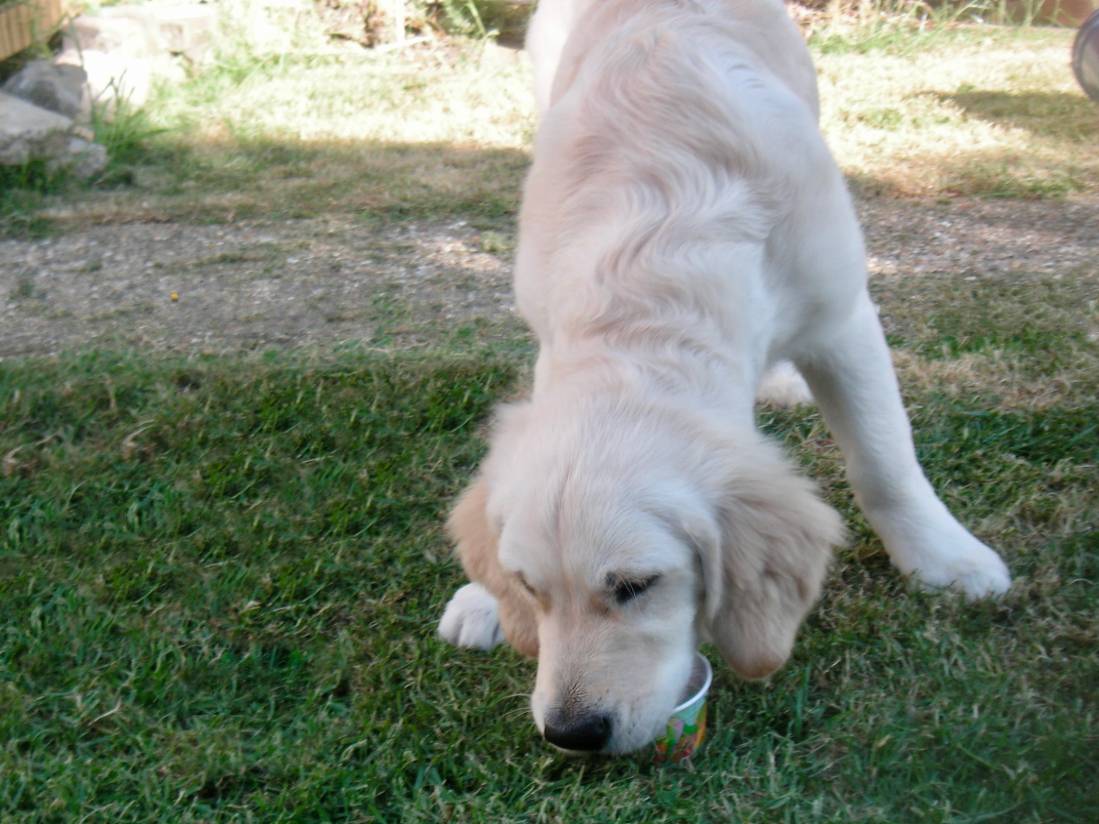
One of the most critical factors in puppy nutrition is ensuring they receive the right amount of calories for their age, breed, size, and activity level. Overfeeding can lead to excessive weight gain, which strains your pup's joints and increases their risk for obesity-related health problems later in life. On the other hand, underfeeding can result in stunted growth or malnutrition.
You can find more information about how to feed your puppy by consulting our puppy feeding guide here. It includes a schedule you can print out and a food calculator to determine how much to provide and how often.
What Illness Affects Your Puppy's Growth?
If you suspect your puppy is unwell, you must consult your veterinarian. These charts will help you see if your puppy is underweight, but you must also consider any symptoms you notice.
Illness and puppy growth are concerns every new dog owner should be aware of. A puppy's immune system is not fully developed, so they are more susceptible to illnesses than adult dogs. This can impact their growth and development, causing long-term health problems if not addressed promptly.
One of the most common illnesses in puppies is parvovirus, a highly contagious virus that attacks the gastrointestinal system. Symptoms include vomiting, diarrhea, and loss of appetite. If left untreated, it can lead to dehydration and even death. Another concern is canine distemper, a virus that affects the respiratory and nervous systems. Symptoms include coughing, fever, seizures, and paralysis. Both illnesses can have lasting effects on a puppy's growth and development.
If in doubt, consult your veterinarian immediately.
Is My Puppy Too Thin?
As a new puppy owner, it's only natural to be concerned about your furry friend's health and well-being. One common worry is whether your puppy is too thin. While every pup is different and body type varies, some general guidelines help you determine if your pet is at a healthy weight.
Firstly, take a close look at their overall appearance. You should be able to feel their ribs with ease but not see them protruding from under the skin. Additionally, their waistline should be visible when looking down at them from above. They may carry excess weight if they appear round or bloated instead of having an hourglass shape.
Another factor to consider is their energy levels and activity level. If they seem lethargic or struggle during playtime, this could indicate that they are underweight and not getting enough nutrients in their diet.
Is My Puppy Too Fat?
One of the most common questions that golden retriever owners ask themselves is whether their puppy is too fat. It's well-known that goldens love their food and tend to put on too much weight if not kept in check.
It's also difficult to tell with a golden retriever puppy if it's fat or fluff.
An excellent tool to tell if your puppy is too fat is to check their body condition score (BCS). This scale ranges from 1-9, with 5 being ideal. If your puppy scores above a 5, they may carry excess weight. You can also check for physical signs like a lack of visible waist or feeling ribs with difficulty.
If you do find that your pup is carrying extra pounds, don't despair! With small lifestyle changes like increasing exercise and adjusting their diet, you can help them lose weight and maintain a healthy BCS.
Finally
In conclusion, the Golden Retriever puppy weight chart is a great tool to help owners understand their pup's growth and development. It can be a reference point for tracking size, weight, and overall health progress. With the aid of this chart, owners can take proactive steps to ensure that their puppy receives the proper nutrition and care to develop into a healthy and happy adult dog.
Frequenty Asked Questions
How much should golden
retriever puppies weigh?
How much should golden retriever puppies weigh?
Your puppy's expected weight will depend on its age. Our puppy weight charts can tell you what to expect from one month to two years old. These charts consider factors such as age, gender, and breed size specific to golden retrievers so that you can get an accurate estimate for your pup.
How big is a 10 week old Golden Retriever?
How big is a 10 week old Golden Retriever?
A 10-week-old golden retriever should weigh between 15 - 20 lbs for a male and 10 - 15 lbs for a female.
How much should a 12-week-old Golden Retriever puppy weigh?
How much should a 12-week-old Golden Retriever puppy weigh?
A 12-week-old golden retriever should weigh between 20 - 25 lbs for a male and 15 - 20 lbs for a female.
How much should a 13-week-old Golden Retriever puppy weigh?
How much should a 13-week-old Golden Retriever puppy weigh?
A 13-week-old golden retriever should weigh between 22 - 27.5 lbs for a male and 17.5 - 22.5 lbs for a female.
When Do Golden Retrievers Stop Growing?
When Do Golden Retrievers Stop Growing?
On average, Golden Retrievers stop growing at around 1-2 years of age. However, this can vary depending on factors such as genetics and gender. Male Golden Retrievers tend to take longer to fully mature than females, which means they may continue growing until they are 2-3 years old.
